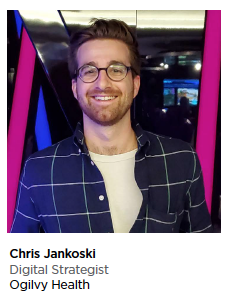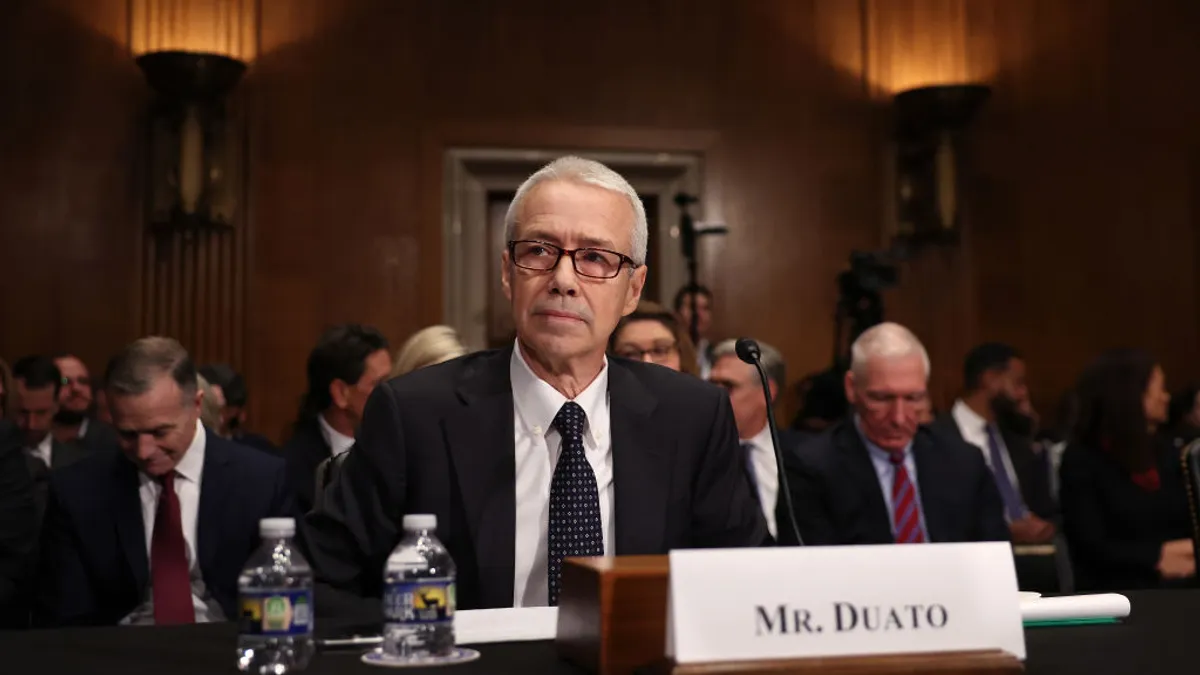 It’s unsurprising that 2020 has spurred rapid growth for digital health. COVID-19 forced patients and healthcare professionals alike to rethink healthcare access, delivery, and management, with technology central to this reimagination. There was no brighter star in this new world than telemedicine.
It’s unsurprising that 2020 has spurred rapid growth for digital health. COVID-19 forced patients and healthcare professionals alike to rethink healthcare access, delivery, and management, with technology central to this reimagination. There was no brighter star in this new world than telemedicine.
eMarketer reports that in 2020, 41.7 million adults in the United States have used a telemedicine service, representing 98.8% growth from last year. That growth is projected to continue, with an expected 64.0 million telemedicine users by the end of 2023.1
Although this approach to on-demand healthcare is safe and convenient, its effectiveness has been called into question — specifically around patients and caregivers being engaged, truly focused, and on-task during the virtual visit.
A DrFirst survey showed that roughly one quarter of the respondents were surfing the web, checking their email, or texting during a connected health session, illuminating a major challenge for healthcare providers to deliver optimal outcomes to patients on the other side of the screen. Colin Banas, M.D., DrFirst’s chief medical officer, echoes this challenge, “At home, there are just so many more distractions that surround patients and it can make it harder for patients to fully focus, especially if they are not feeling well."2
Keeping the Focus on Telehealth
Offering telehealth services as a medium to deliver care alone is insufficient to meet the evolving needs of patients and caregivers. The industry must leverage patient-centric solutions to design a virtual health experience that delivers effective care in the context of everyday life, and that means designing for the modern distractions. Just as you wouldn’t want to be a passenger in a vehicle with a distracted driver, healthcare organizations must find a way to halt the trend of distracted patients and put the focus back on the road to health. We can look to how the auto industry redesigned the experience of driving to limit hands-on disturbances as a means to combat distracted drivers. The integration of voice-enabled technology, seamless navigation, car-mode for a driver’s mobile device, and other smartphone integrations all were designed to recognize and mitigate the distractions of modern life while keeping drivers’ attention focused on the road. The healthcare industry too can leverage new and innovative solutions to minimize external interruptions during telehealth visits, including voice technology, real-time content sharing, active-listening prompts, and more.
Some solutions already exist today and can be leveraged to both improve the telehealth experience and keep patients fully engaged. Setting expectations and prepping patients before the virtual health visit are critical. Virtual waiting rooms are being integrated into telehealth platforms and are a great opportunity to prepare the patient for their virtual visit. The dissemination of messaging and educational content in this waiting room environment can teach patients about the dangers of being distracted and provide tips/tools to minimize these disruptions (silence your phone, close all other windows on your computer, etc.). Brands can offer unique and relevant messaging to combat the distractions of their specific patient populations. For example, a health brand servicing low-vision patients might want to share tips on how to use voice commands to silence the patient’s smartphone as well as other notifications to combat any interruptions.
Leaning Into Telehealth
While at the virtual point of care, we can use real-time content-sharing tools in secure and modern ways to keep attention on the visit. Leveraging the capabilities of telehealth platforms, patients can engage with doctor-provided materials while maintaining the doctor’s attention. Pharma brands can sponsor these content libraries and surface relevant materials to ensure their patients stay on therapy.
The development of active-listening prompts in the telehealth platform could be a new way to help keep patients engaged. These could come in the form of quiz-like prompts to ensure information is being retained, and preference-based selections that will drive more personalized engagements.
Targeted follow-up communications can ensure the patient has retained and understood all that was shared during the telehealth visit. Post-visit communications like surveys can gauge the type of information that may not have been fully comprehended during the visit, as well as illuminate the kinds of distractions that future optimizations can solve.
Telehealth has proven to be a successful tool in meeting the evolving needs of patients and caregivers. But as technology drives convenience, we must not lose sight of the human behavioral factors contributing to the quality of care. It is our job as marketers to push innovative solutions that can empower patients to understand and be active participants in their own healthcare. Even though patients’ attention may not always be there, our attention as marketers needs to always stay on helping to keep them focused.(PV)
Notes:
1 https://mhealthintelligence.com/news/telehealth-faces-new-challenges-surfing-snacking-and-social-hour
2 https://content-na1.emarketer.com/us-telemedicine-users-will-surpass-40-million-this-year
Ogilvy Health makes brands matter by keeping our audiences’ health, healthcare and wellness needs at the center of every touchpoint.
For more information, visit ogilvyhealth.com.











